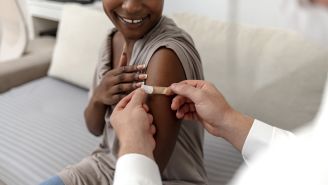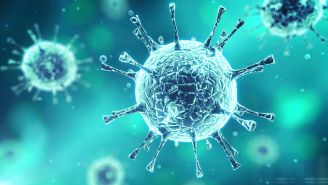Updated on February 27, 2023.
Rats have long been the vector for human disease—including bubonic plague, leptospirosis, and angiostrongyliasis, or rat lungworm disease.
This parasitic disease is mostly found in Southeast Asia and the Pacific Basin. Still, cases pop up in different parts of the world, including Australia, Africa, the Caribbean, and the United States—with some occurring in the southern states, and the majority developing in Hawaiʻi.
The disease was first reported in the U.S. in the mid-1980s, and it probably came from infected rats on ships that docked in New Orleans. Outbreaks of rat lungworm disease have ebbed and flowed since then.
In Hawaiʻi, annual reported cases were historically in the single digits. Then in 2016, they climbed to double digits for the first time. The following year the disease made national headlines with 19 confirmed and 3 suspected cases of the disease in the state.
In the years that followed, the numbers dwindled, and only two cases were reported in that state in 2022. But what is rat lungworm disease, and how can you stay safe?
Parasites spread by rat poop—and dares
Rat lungworm disease is caused by a parasitic nematode (roundworm) commonly found in rats or slugs and snails. The adult form of the parasite is found in rats where the roundworm can reproduce. Infected rats pass parasite larvae in their stool, where snails and slugs pick them up and pass them along.
Most people get rat lungworm from direct contact with snails or slugs, including eating them. Interestingly, the Louisiana Office of Public Health has noted repeated instances over the decades where someone contracted the disease because they ate a raw snail or frog on a dare. The disease can also be contracted from unwashed produce where mollusks had been present.
Protect yourself against parasites
Some people who contract rat lungworm will never show symptoms. But the disease may also result in eosinophilic meningitis, a parasitic form of meningitis that can cause severe headache, stiffness in the neck, fever, vomiting, light sensitivity, and a tingling or painful sensation in skin. Generally, only those who develop eosinophilic meningitis will show major symptoms, which typically occur about one to three weeks after exposure.
Testing for rat lungworm is difficult as there are no specific blood tests available. In Hawaiʻi, the Department of Health can confirm a diagnosis by running a polymerase chain reaction test to look for parasitic DNA in the patient’s cerebrospinal fluid (CSF). Healthcare providers can get a sample of CSF by inserting a needle into a patient’s back and taking out some of the fluid from around the spinal cord for testing. This is called a lumbar puncture or spinal tap.
More commonly, healthcare providers will look at a patient’s history to see if they’ve had possible exposure and if their symptoms match eosinophilic meningitis. From there, they can look for eosinophils (a type of blood cell) in the patient’s CSF to provide a diagnosis.
Prevention is key
According to Sarah Park, MD, head of the Disease Outbreak Control Division for the State of Hawaiʻi, there are some simple ways that residents can reduce their risk of exposure:
- Wash your lettuce leaf by leaf.
- Keep small children from touching slugs and snails or putting them in their mouths.
- Don’t drink from garden hoses where slugs may reside.
- Never eat raw or undercooked snails, slugs, shrimp, crabs, or frogs.
Treatment
There is no specific treatment for rat lungworm disease. The parasite cannot grow or reproduce in humans and will eventually die. Despite alarmist news headlines whenever a new case is confirmed, rat lungworm infection is very rare. At its height in Hawaiʻi in 2017, there were only 1.5 confirmed and probable cases per 100,000 residents.
If you suspect you may have eaten an uncooked snail or slug or have otherwise been exposed to rat lungworm disease, see your healthcare provider right away.







